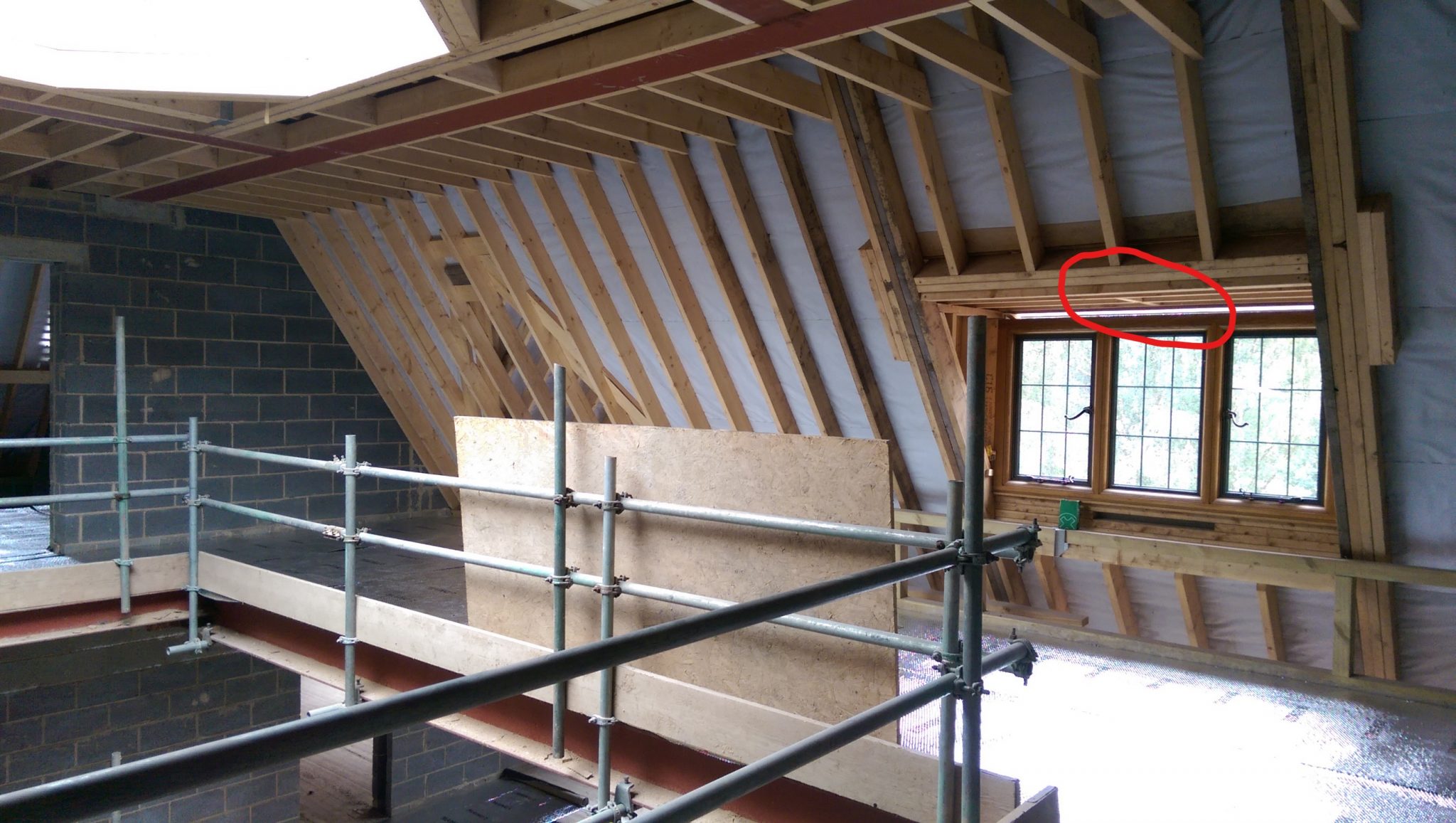Common lighting design pitfalls waiting to get you
It’s a good job that I love learning new things. I think that a day when I haven’t learned anything is day wasted. I have learned so much over the last 17 years spent on site. Some of it has been by making my own (often painful expensive and sometimes schedule lengthening) mistakes and some of it is by seeing and hearing about what other people have messed up. I like to think that once a mistake happens it never gets repeated on my watch but occasionally something new still creeps up behind me and bites me on the bum! I call these “Gotchas” and these are my top ten so that they don’t get you. Some of them seem so obvious that you wouldn’t believe that they have happened. Luckily for some of these I stopped or revised things before they became an issue – for others, clients either didn’t consult me or went ahead anyway…
Gotcha 1. Before you buy ceiling downlights make sure that the void space that you have behind the ceiling is deep enough to accommodate them (or they won’t fit into the ceiling).
Gotcha 2. Light switches are usually placed on the wall on the side nearest the door handle. If you change the handing on a door then the light switch needs to be moved (or you must walk right around the door to get to the light switch and that can be hard to do in a small room like a ground floor WC).
Gotcha 3. Don’t assume that something described as a wall light can also be used as a ceiling light, even if it’s the enclosed type that looks like it could be. Only swap locations if the light is described as suitable for wall AND ceiling mounting (as if the glass is too heavy for the clips it might fall out and damage a £150.00 Italian designer toilet seat).
Gotcha 4. Make sure that you can turn at least one circuit of lights on your landing from the hall or from the top of the stairs and vice versa (or you could end up using the stairs in the dark). Make sure that your “electrician” understands what two-way switching is and fire them if they don’t!
Gotcha 5. Bay and dormer windows often have a support down the middle of the ceiling above them (so don’t bargain on having ceiling downlights there as where you need a void there will be wood).

Gotcha 6. Always have a light switch as close as you can to the back-garden doors (or you will bark your shins/break your neck trying to navigate your way across the room in the dark).
Gotcha 7. Before buying groundlights for the ground or basement floors of your house make sure that they are shallower than the depth between the top surface of your flooring and the damp proof course/membrane (or you might get wet feet).
Gotcha 8. A two plus storey space looks dramatic and feels luxurious (because it is really a “waste of space”). If you are going to hang a feature pendant in it make sure that there is some way of cleaning and maintaining it (grabbing it and pulling it towards you with the crook of a walking stick isn’t going to cut it in your CDM statement). Gotcha 8.5 is how are you going to service lights that are directly over a swimming pool (without draining it and installing a tower)?
Gotcha 9. Curved walls can look amazing. They are a pretty rare feature but there often is a whole lot of “stuff” going on behind the ceiling around them (there could be a massive steel or other structure that will completely mess up that lovely curve of downlights you’re planning on).

Gotcha 10. LEDs cannot operate at mains power – mains power blows them up. They need drivers (AKA transformers). Some light fittings have the driver built-in but for many you need to plan and locate the drivers separately. LED replacement lamps have the driver built into the cap (that’s why the caps are often bigger/longer than halogen or incandescent light bulbs).
If you know of anyone who might find this information useful please feel free to share away.
